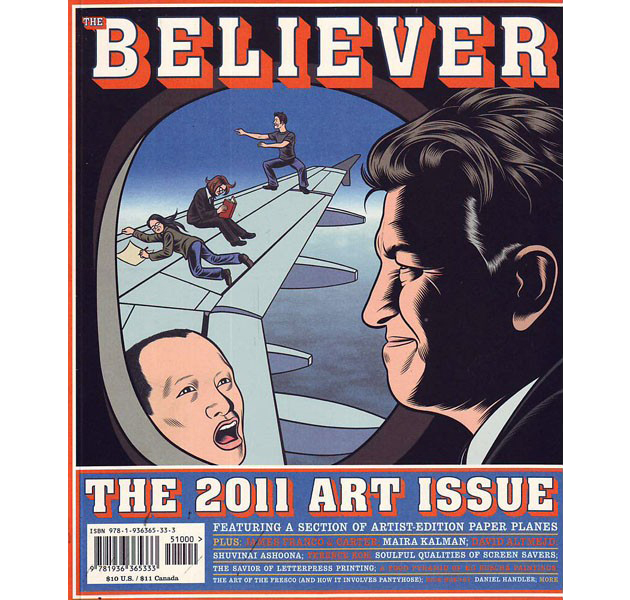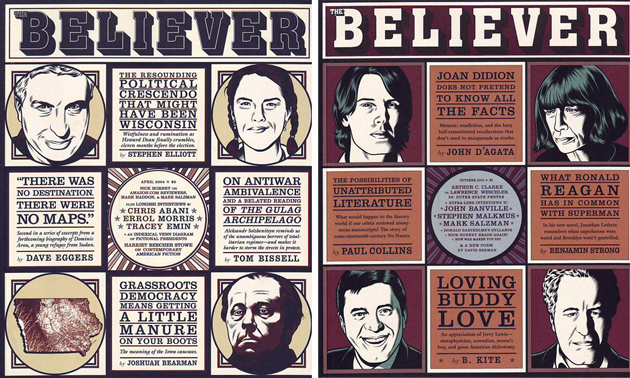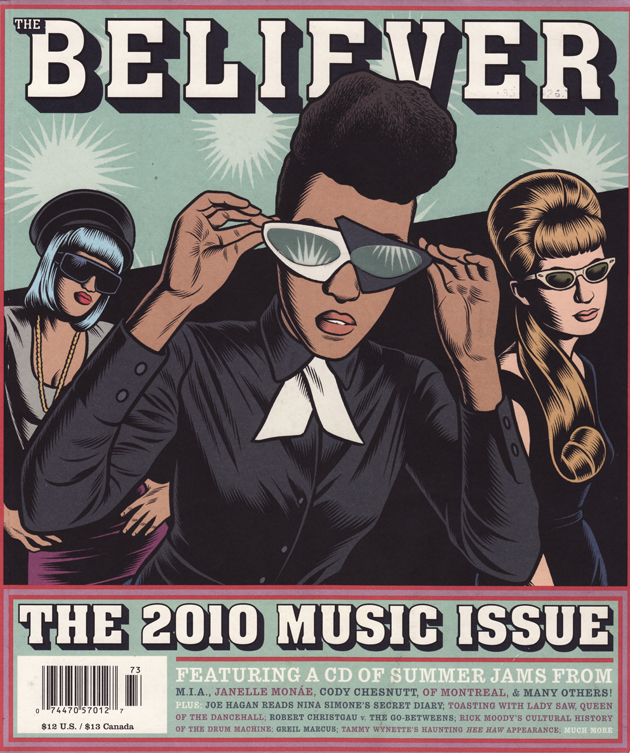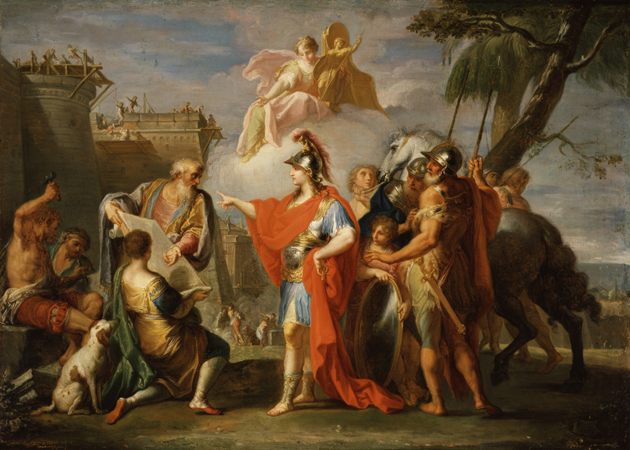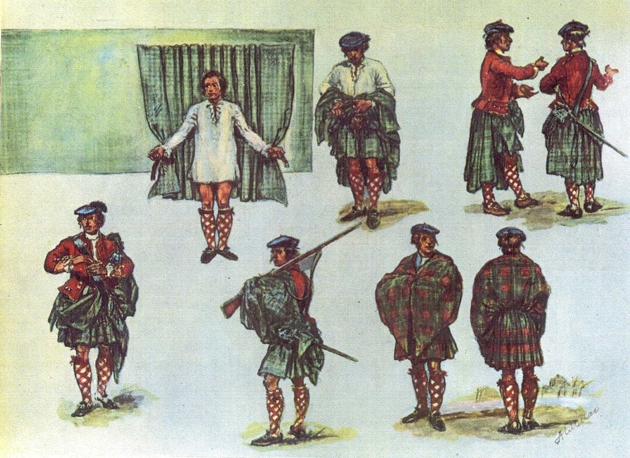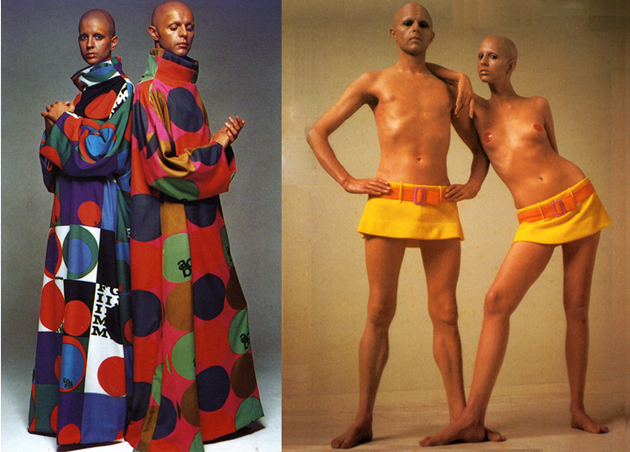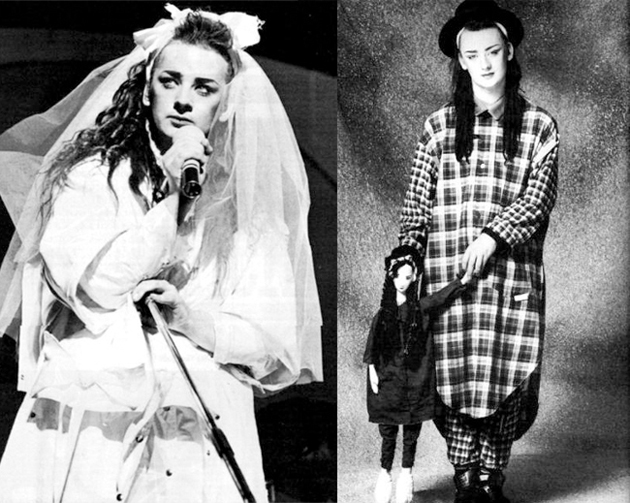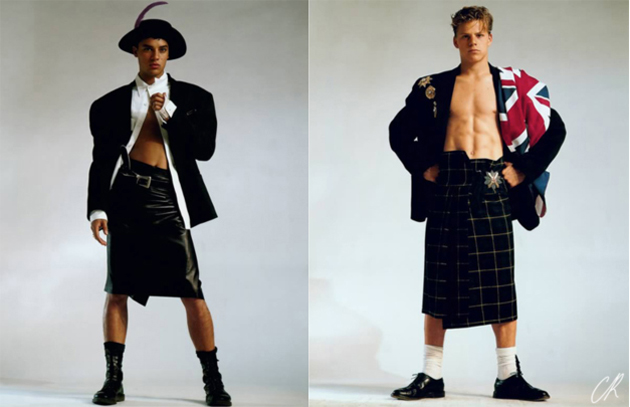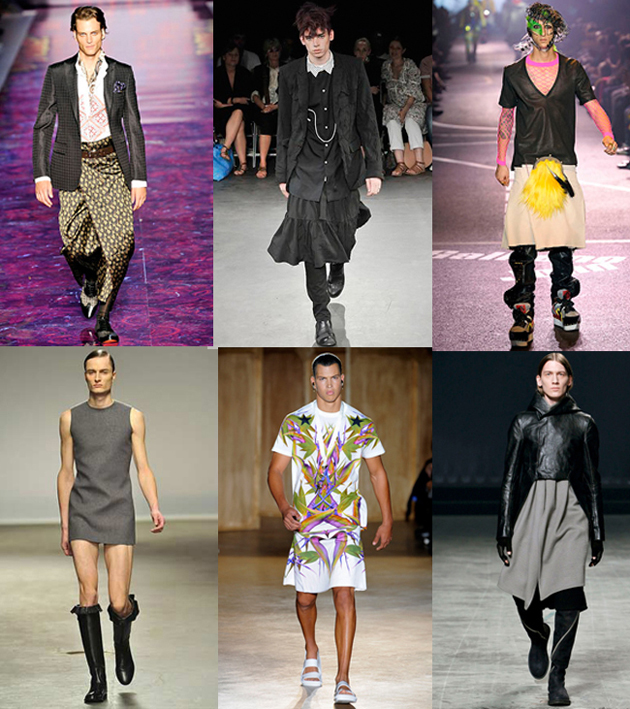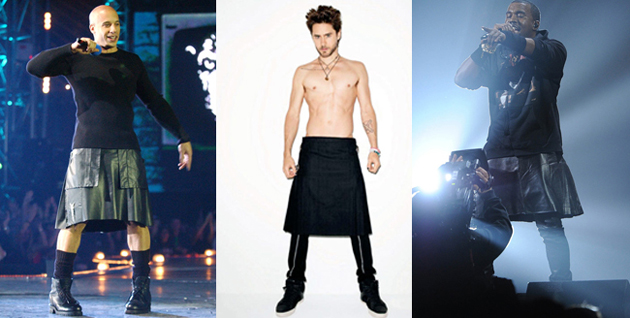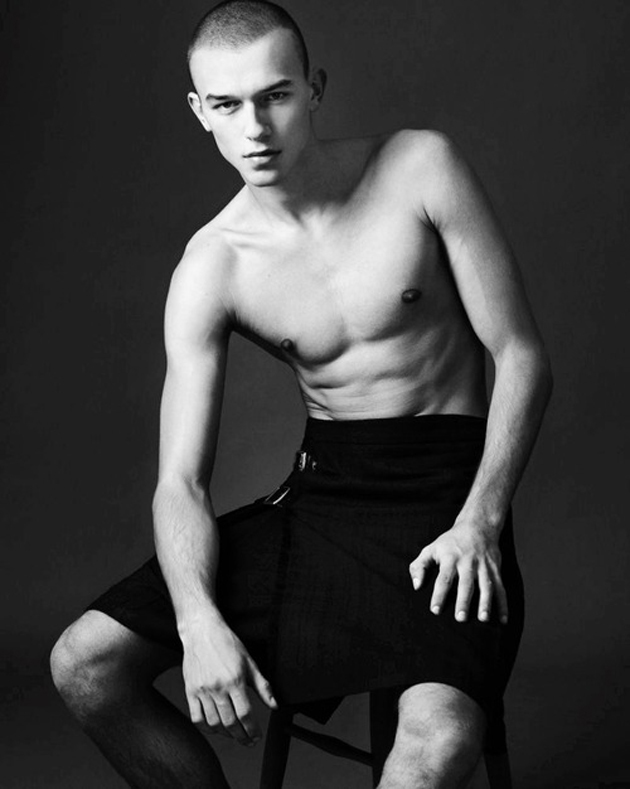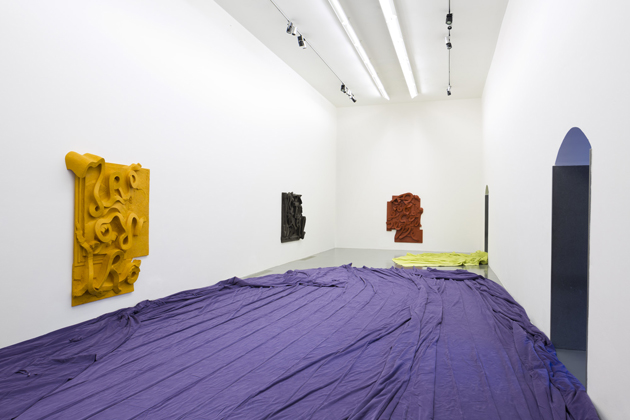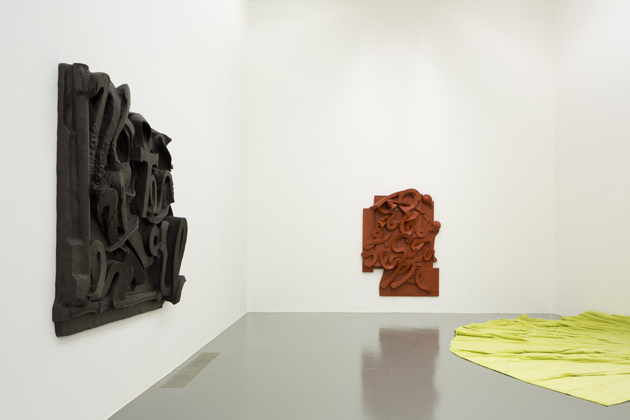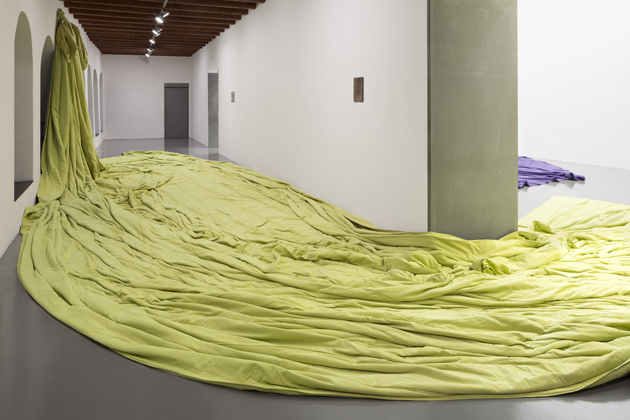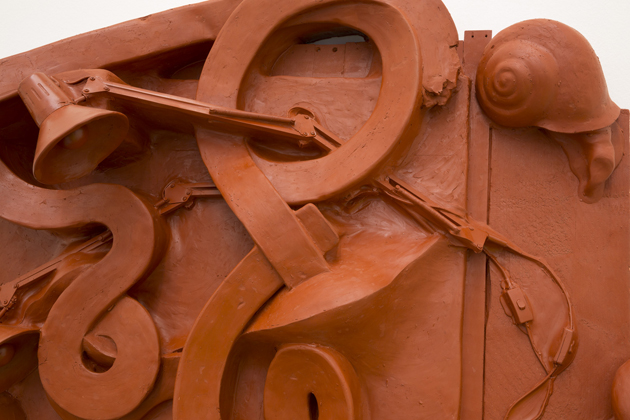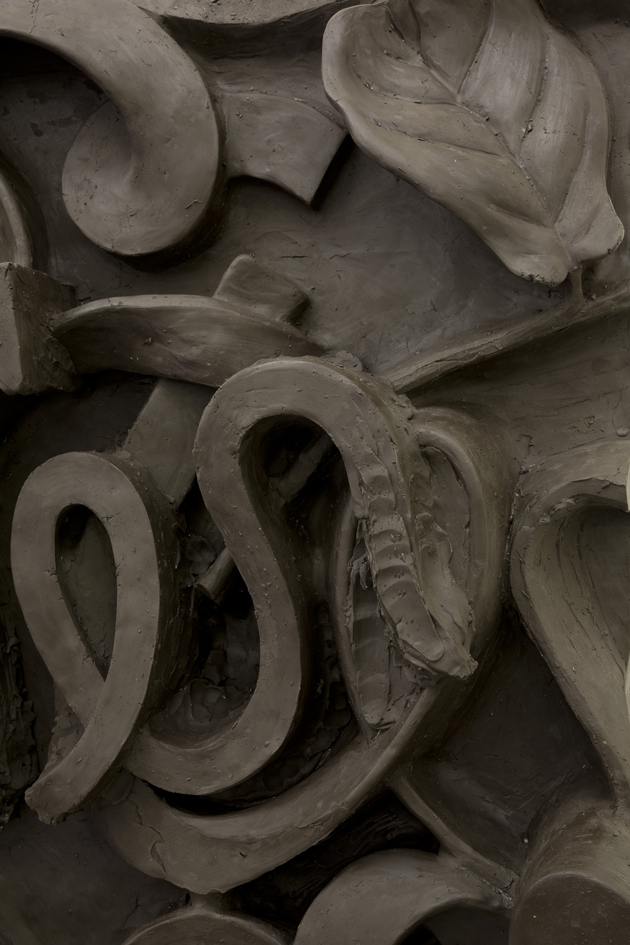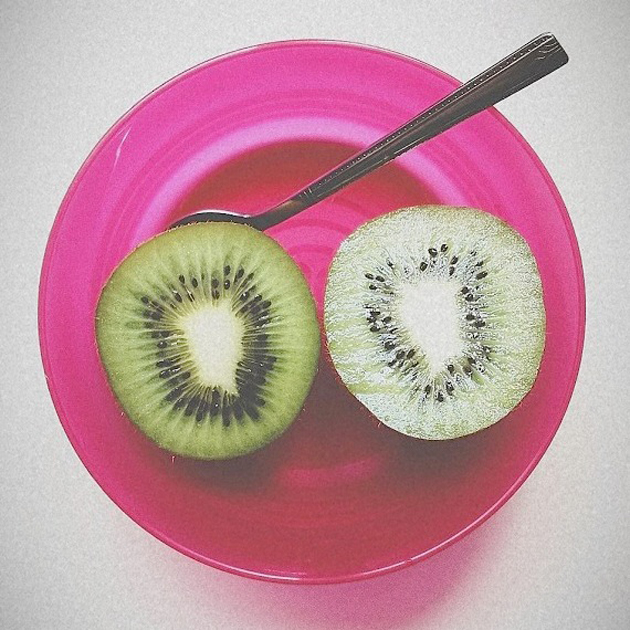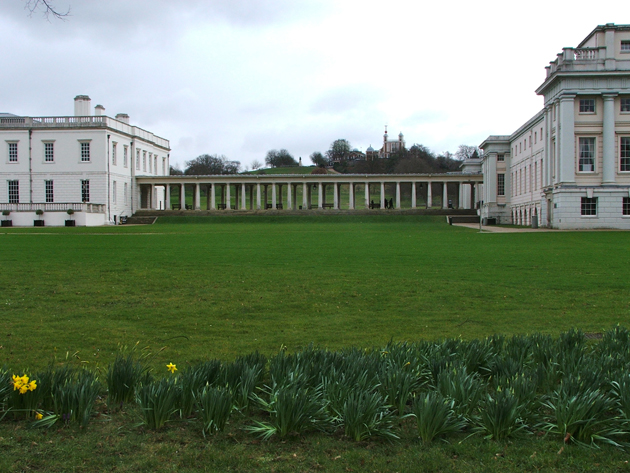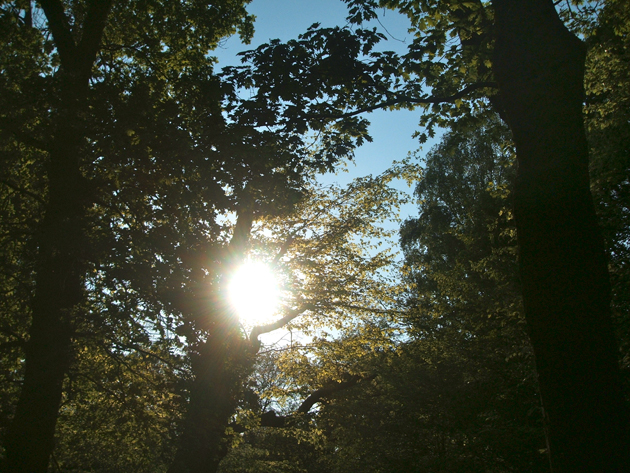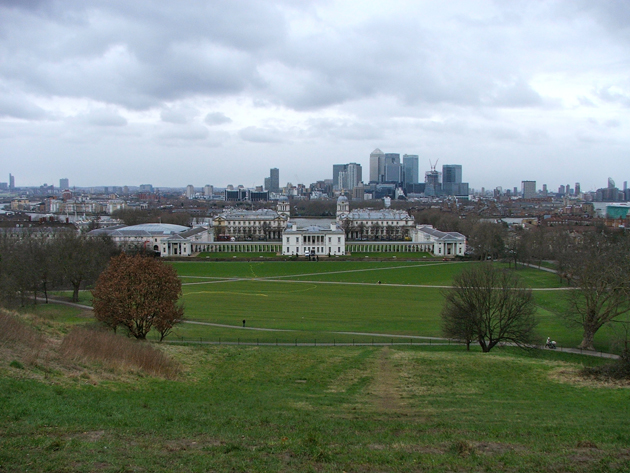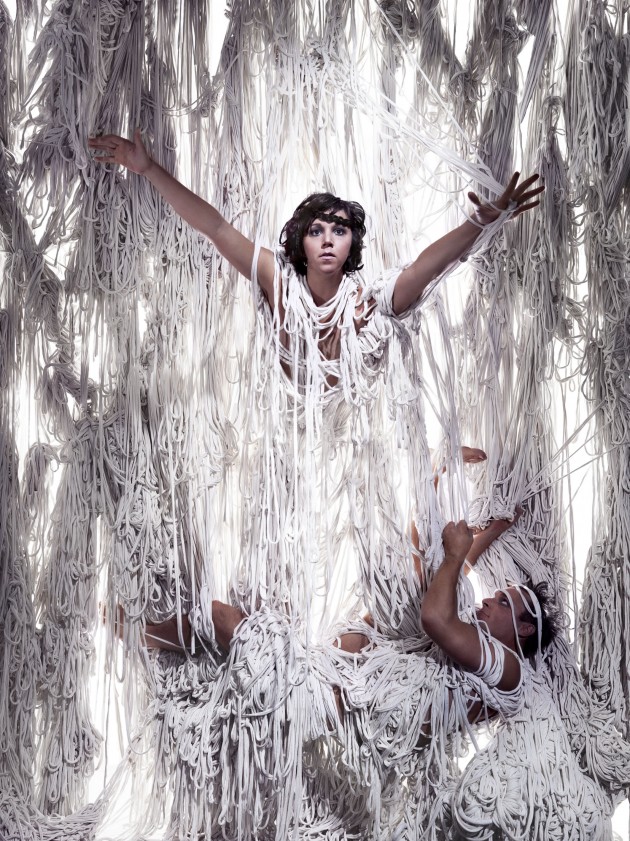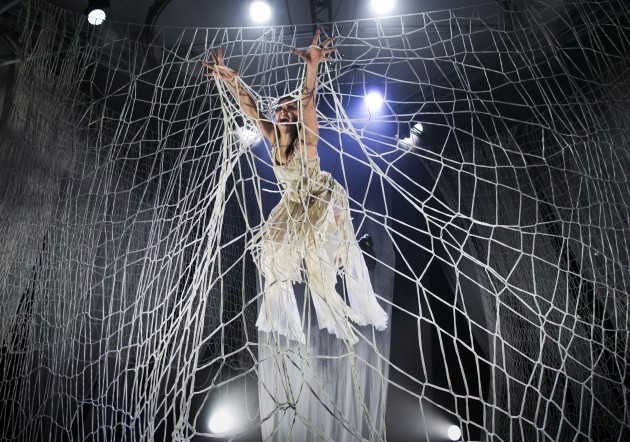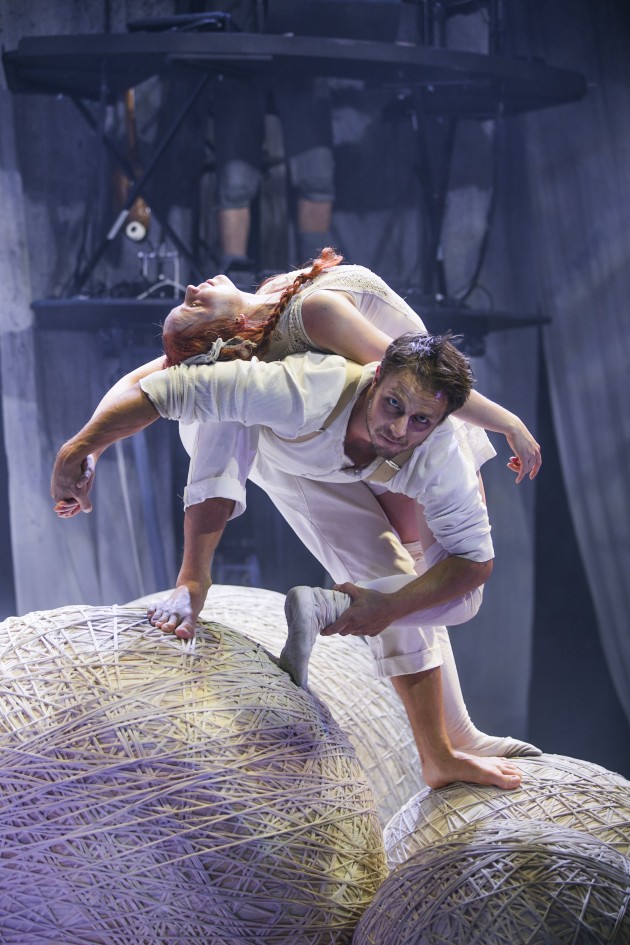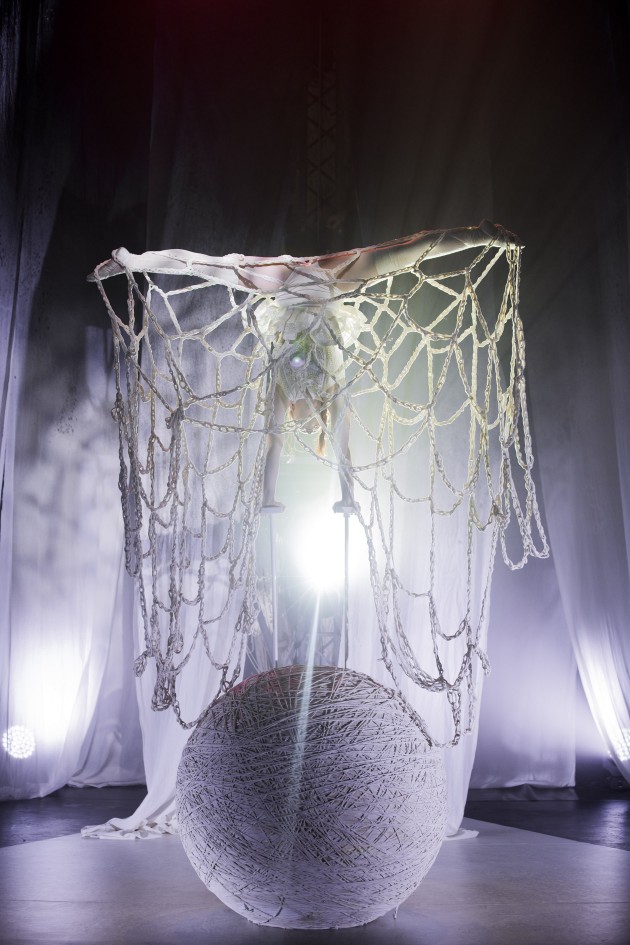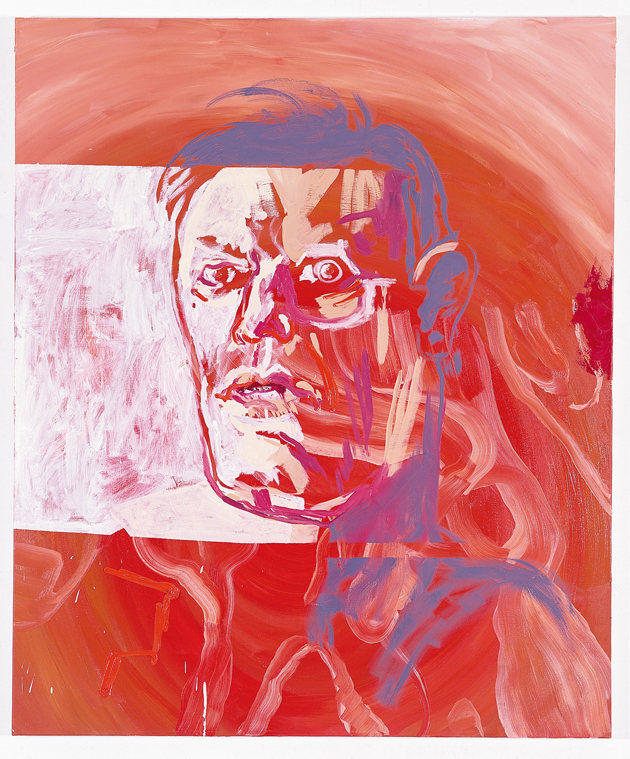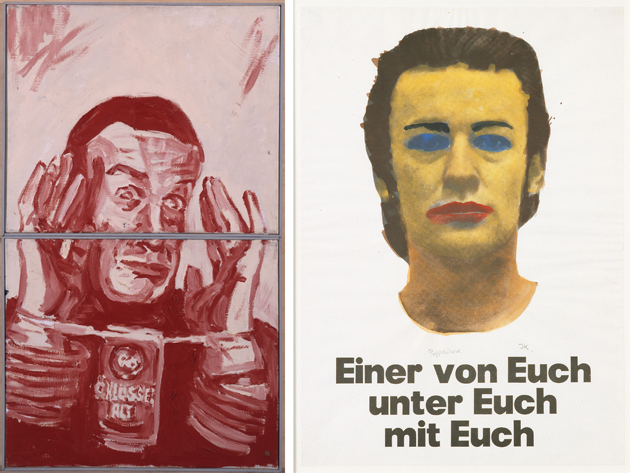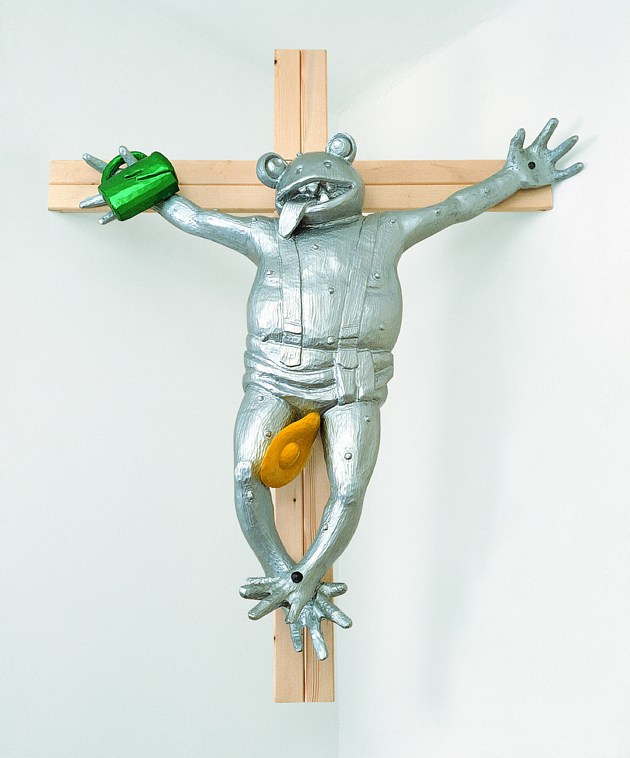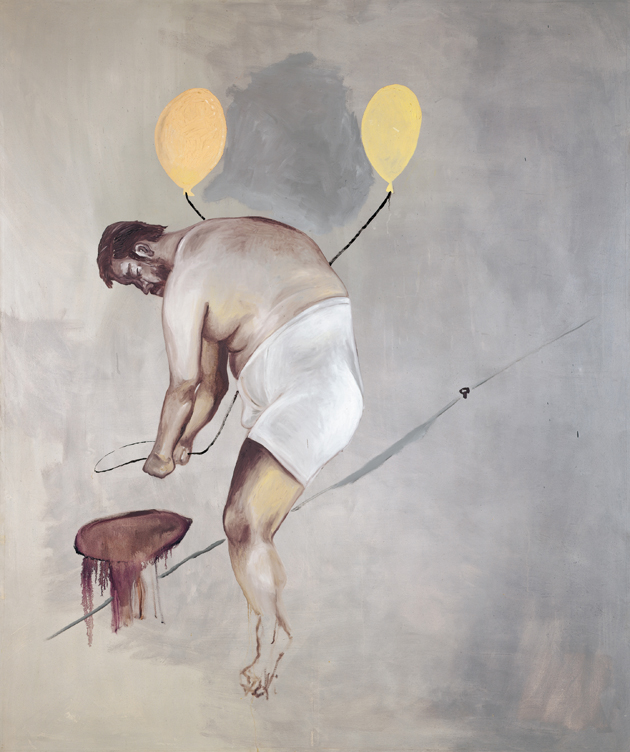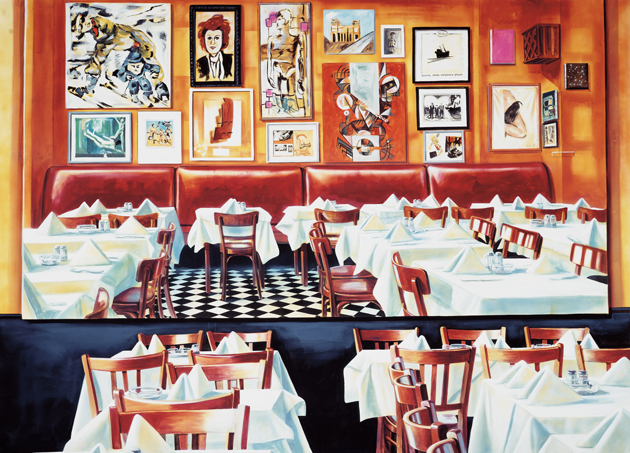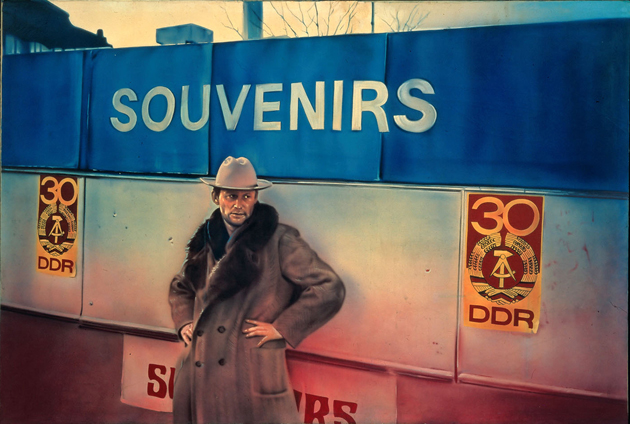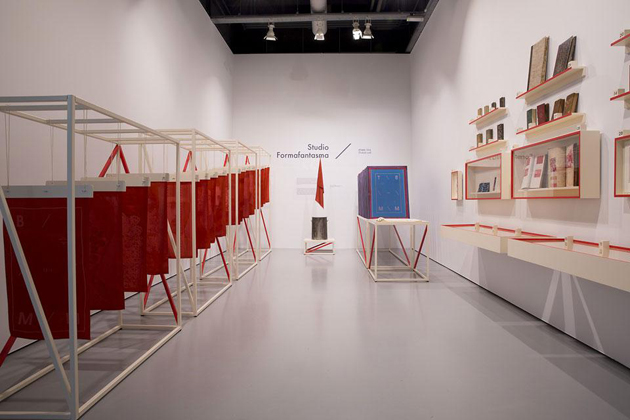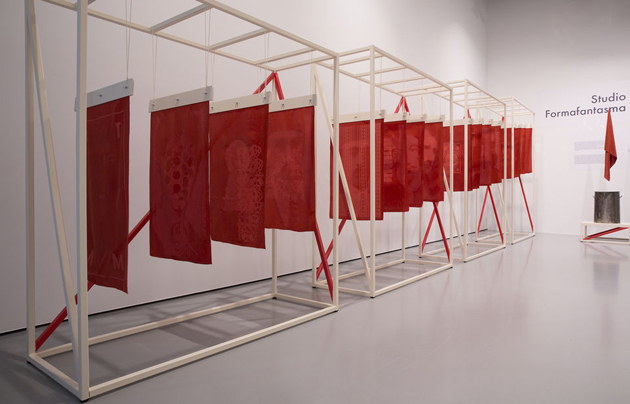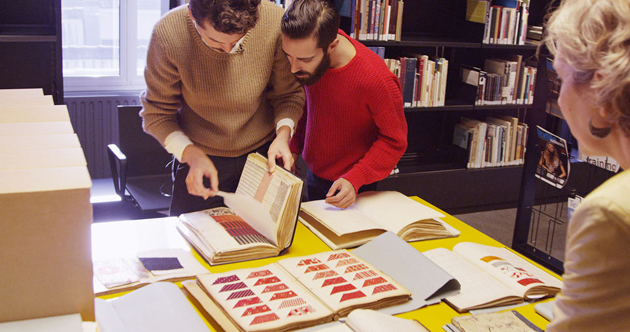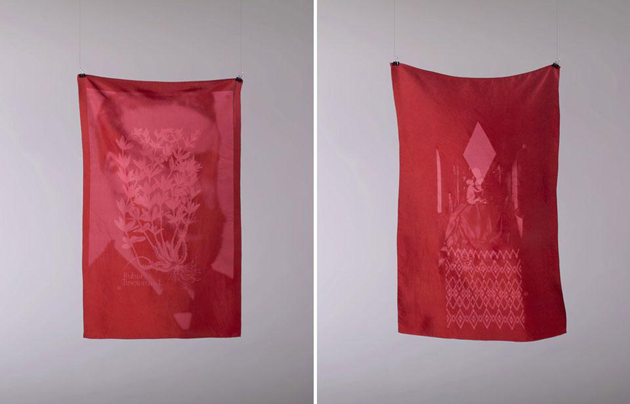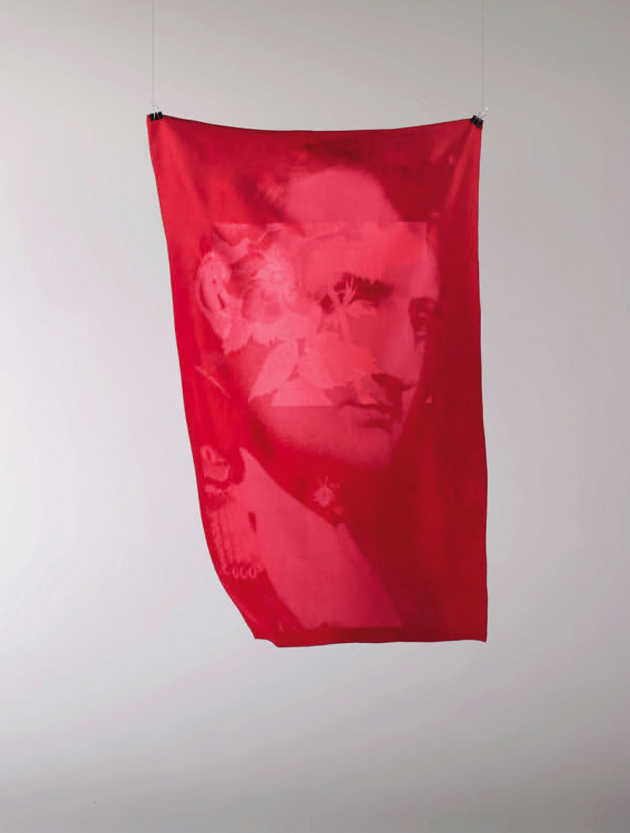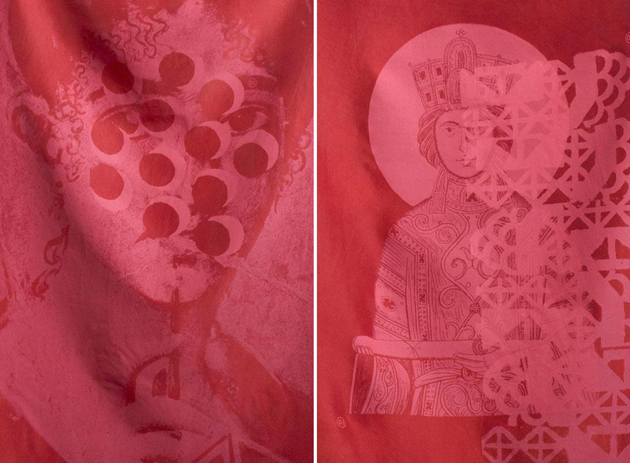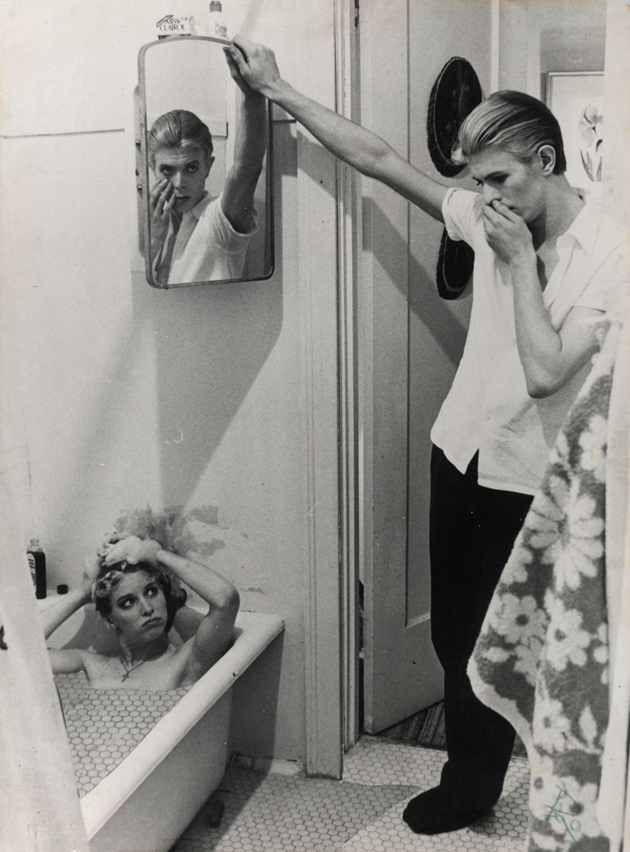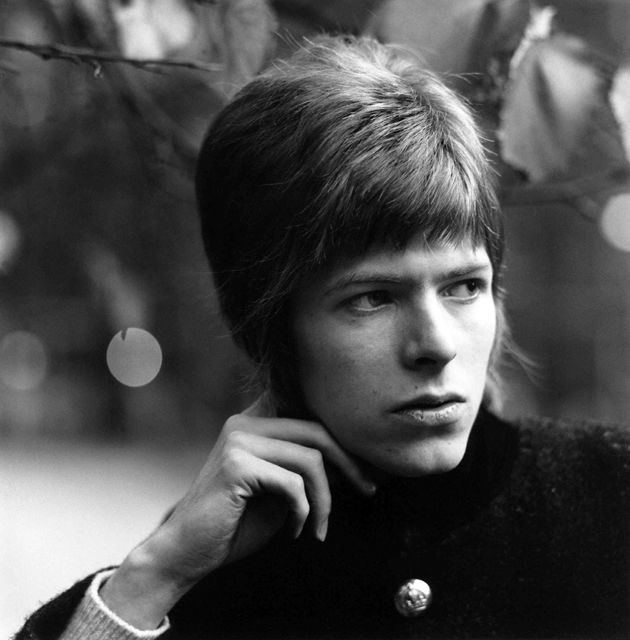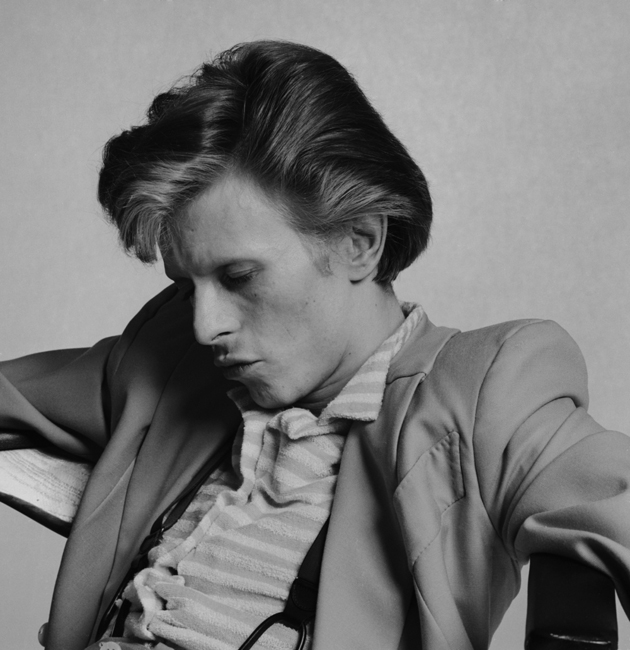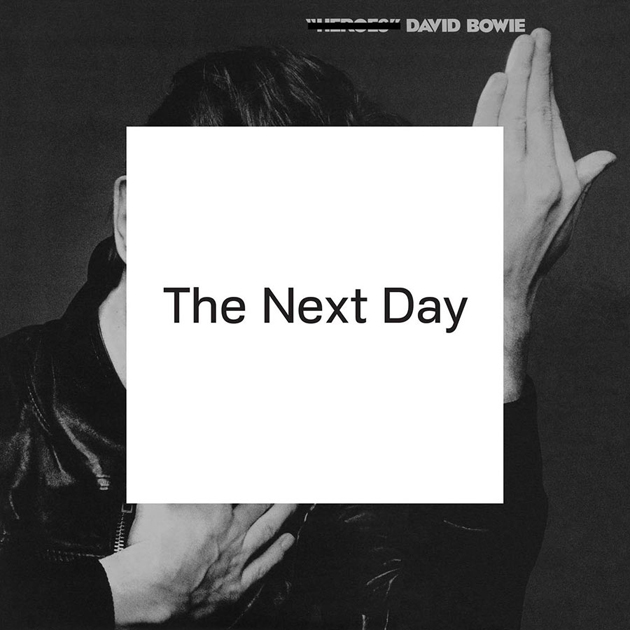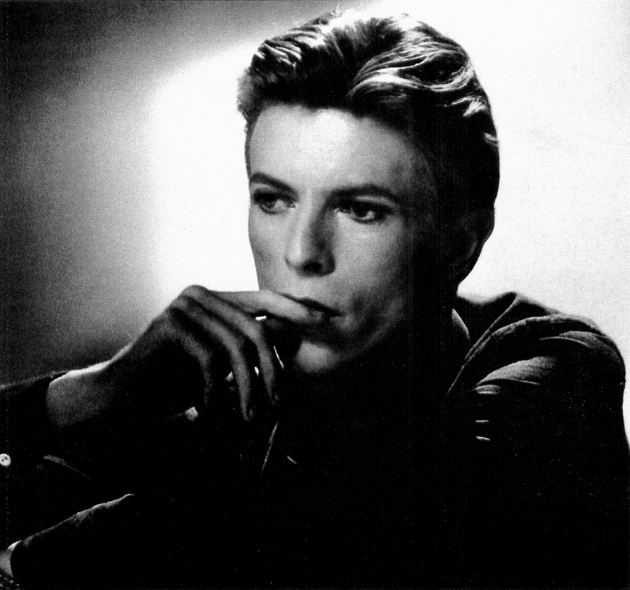Applied Design at MoMA
The word design has infinite meaning. We witness it every day while we shop for our groceries, drive a car, use the computer or buy our clothes and furniture. Every single object we touch has, to a certain level, been designed. That is what makes design so interesting, because it impacts our lives in deep, yet almost invisible ways. Nevertheless, its meaning and usefulness have for so long been publicly distorted. Hence, we often confuse design for styling, for a superficial quality which can be applied to an object to our choice. But this conception of design is completely wrong, since without this silent practice we wouldn’t even have those objects we interact with daily.
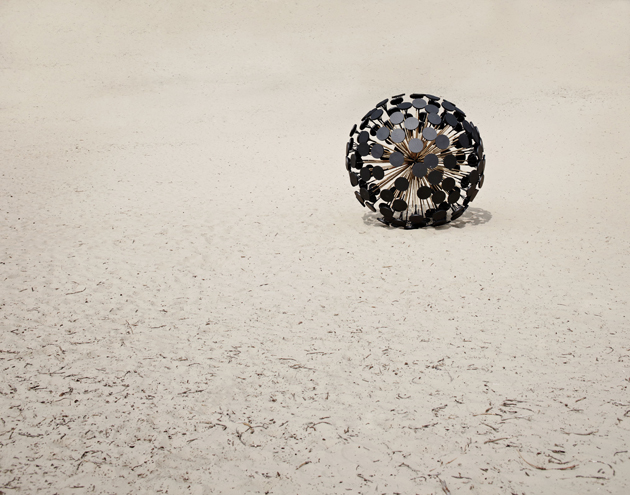
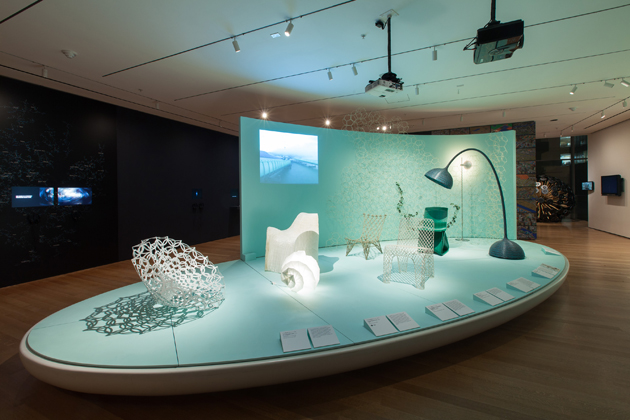
As Paola Antonelli, senior curator of architecture and design at MoMA puts it: “We were able to realize that design artists are the ones that transform the great revolutions into small gestures. Scientists and engineers produce disruptive inventions but designers are the ones that transform those innovations into objects that we can all use. Without them, there would be no progress in our lives; we wouldn’t have microwaves to heat up our food, we would not be able to use the Internet, we wouldn’t be driving cars with such ease. I could go on because the list is long, and the same goes for all the different types of technology. So design artists therefore play a fundamental role. If you compare society to a digestive system, design artists play the part of enzymes because it’s thanks to them that society is able to digest the inventions it receives.”
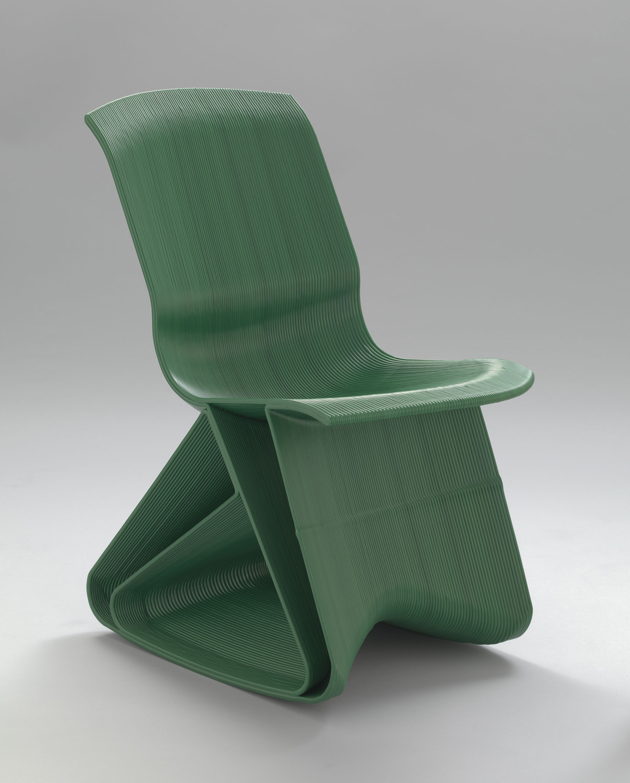
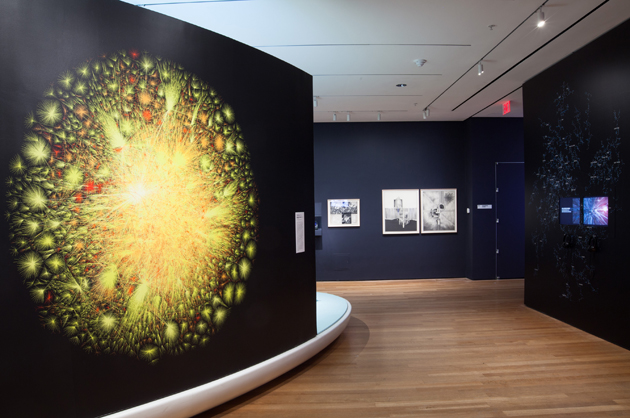
It is exactly this approach to design that the current exhibition at MoMA, “Applied Design” curated by Paola Antonelli and Kate Carmody, tries to highlight. It testifies the amazing diversity of contemporary graphic design and all the different forms it can take, from interface and interaction design, dynamic visualizations, products, furniture, 3D printed chairs and bowls, emergency equipment, and biodesign. Hence, you can see mine detonator by the young Dutch/Afghani designer Massoud Hassani to a bowl made by transforming desert sand into glass using only the energy of the sun, together with 14 video-games that the museum has recently acquired with the idea of pushing the boundaries of common preconceptions about what design is, or should be.
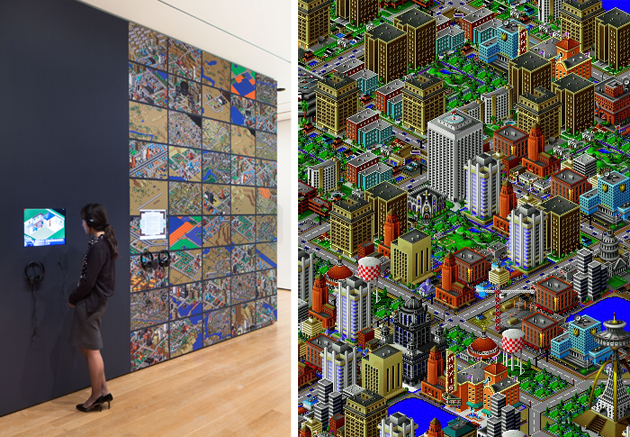
As the wider public, through bombastic design weeks and posh magazines, is being falsely induced in thinking that design should only be beautiful, almost as a piece of art you can just sit on, it is the work of curators like Antonelli and shows like “Applied Design” that we should all be more aware of since as Gui Bonsiepe states: “Design still is in this transition period, in which it is often considered a kind of external extravagance, which you can do or not do. For this reason, the notion of design as ‘added value’ is so misleading, because it presumes that you can have an object that is without design, to which you can ‘add’ something. But no, it is design by itself, whether it is bad design, this is another question.”
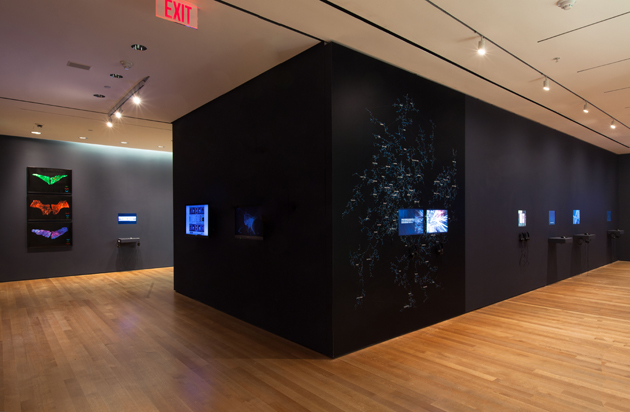
“Applied Design” is on show at Museum of Modern Art in New York until the 31st of January 2014.
Rujana Rebernjak
